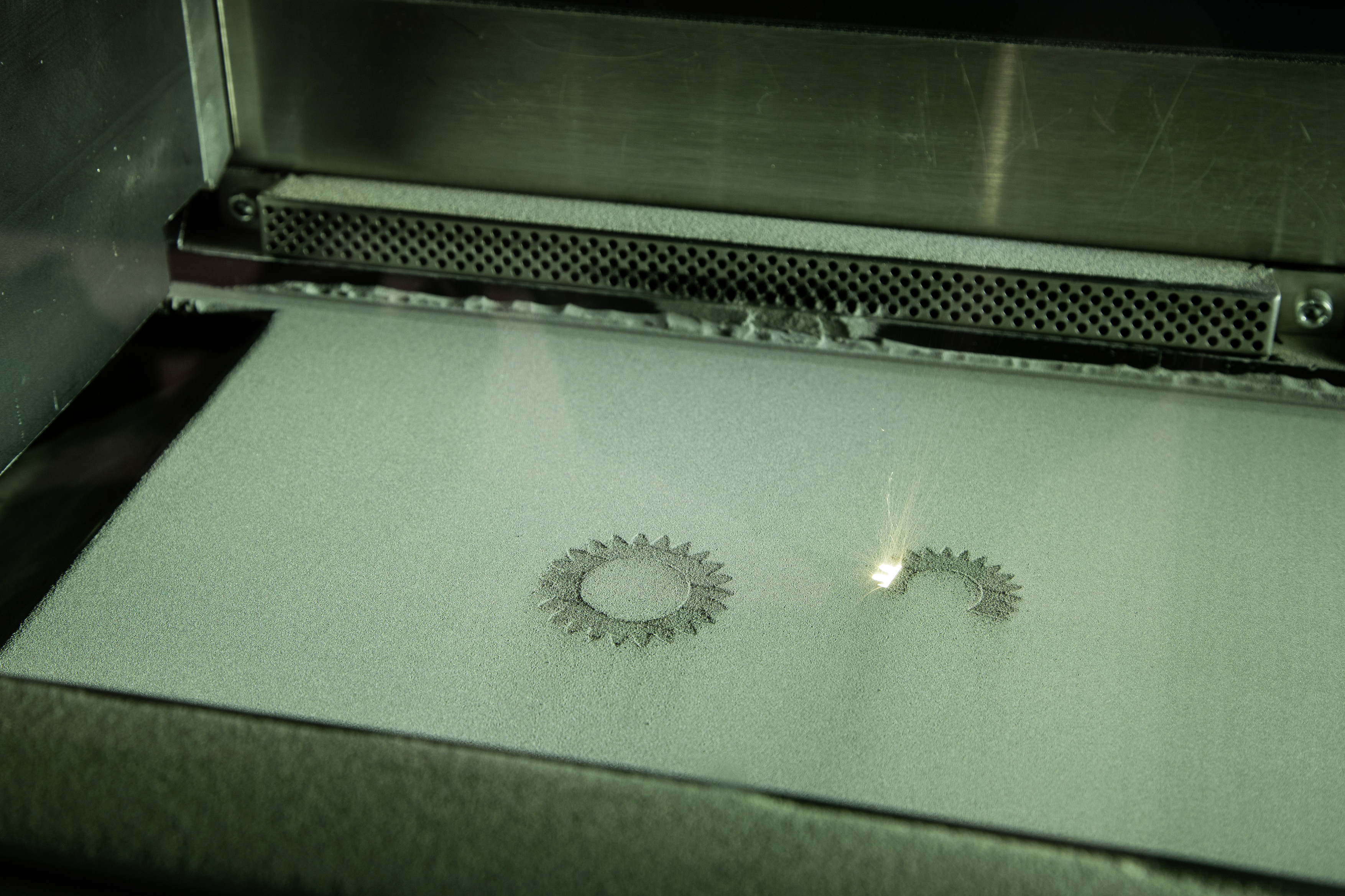
Automotive giant Audi AG and 3D printing pioneer EOS plan to build a 3D printing center near Audi’s headquarters in Ingolstadt, Germany.
‘The aim is to not only supply Audi with the right additive systems and processes but to also support them during applications development, when building up internal AM knowledge and training their engineers to become in-house additive manufacturing (AM) experts,’ said Güngör Kara, director of global application and consulting.
‘Industrial 3D printing is already being applied to equipment and prototype building at Audi, as well as motor sports. Based on industrial 3D printing, Audi can also improve the process of tool manufacturing. When the component geometry or assemblies are very complicated, the technology will make possible the production of geometries that would have to be joined in conventional manufacturing. ’ ‘We have set up our own competence center for 3D printing in order to gain experience with the materials and the process, and to further develop them for series production,’ added Jörg Spindler, head of toolmaking. ‘A close cooperation with AM solution providers such as EOS, who can support innovation in technology development, is essential for these aims. With this technology we are able to integrate internal structures and functions in tools that we have not been able to create so far with conventional manufacturing methods. Especially with components in small batches, we can now produce components using lightweight construction, quickly and economically based on this technology.’
Series production
Audi says that it is also focusing on the production of inserts for die casting molds and hot working segments. The company can positively influence the process of series production by conformal cooling, producing parts and vehicle components more cost-effectively. This is made possible by using more complex additively manufactured cooling channels, which are tailored to the component and could not be implemented conventionally before. According to the company, the improved cooling performance leads to a reduction of the cycle time by 20%.
This story is reprinted from material from EOS, with editorial changes made by Materials Today. The views expressed in this article do not necessarily represent those of Elsevier.



